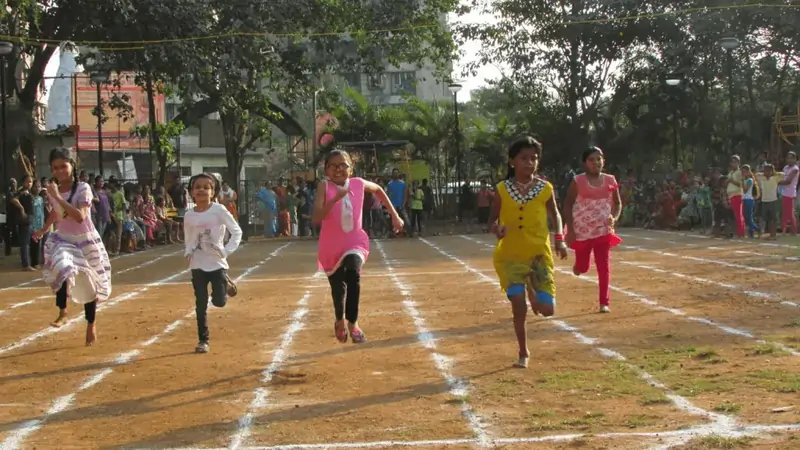How NGOs are Fighting to End Child Labour in India

How NGOs are Fighting to End Child Labour in India

Child labour is a serious and widespread problem in India, affecting millions of children who are deprived of their basic rights to education, health, and safety. According to the 2011 census, there were 10.1 million child workers in India, aged between 5 and 14 years. However, some estimates suggest that the actual number could be much higher, as many cases of child labour go unreported or hidden.
Child labour is not only a violation of human rights but also a hindrance to the social and economic development of the country. It perpetuates the cycle of poverty, illiteracy, and exploitation, and prevents children from reaching their full potential. Moreover, it exposes children to various hazards and risks, such as physical, mental, and sexual abuse, trafficking, bonded labour, and hazardous occupations.
Here are Some Strategies :
Fortunately, there are many non-governmental organizations (NGOs) that are working tirelessly to combat this issue and protect the rights and welfare of children. These NGOs employ various strategies and interventions, such as:
- Awareness and advocacy: NGOs raise awareness and sensitize the public, the government, the media, and other stakeholders about the causes, consequences, and solutions of child labour. They also advocate for the implementation and enforcement of laws and policies that prohibit and prevent child labour, such as the Right to Education Act, the Child Labour (Prohibition and Regulation) Amendment Act, and the Juvenile Justice (Care and Protection of Children) Act.
- Education and empowerment: NGOs provide access to quality education and vocational training to children who are rescued from or at risk of child labour. They also support the enrolment and retention of children in formal schools and provide them with scholarships, uniforms, books, and other materials. They also empower children and their families by imparting life skills, financial literacy, and legal awareness, and by forming child rights clubs and committees.
- Rescue and rehabilitation: NGOs rescue children from exploitative labor in domestic work, brick kilns, carpet weaving, mining, and factories. They also provide them with immediate care and support, such as medical aid, counseling, legal aid, and shelter. They also facilitate the rehabilitation and reintegration of children into their families and communities and ensure their follow-up and monitoring.
- Prevention and protection: NGOs combat child labor by tackling root causes like poverty, migration, and discrimination that drive children to work. They safeguard children from exploitation by enhancing protection systems like helplines and welfare committees.
Final Thoughts
These are some of how NGOs working against child labor in India are fighting to put an end to it. However, they cannot achieve this goal alone. They need government, private sector, and public collaboration to create a child-friendly, labor-free society. Together, we can ensure that every child enjoys their childhood, upholds their rights, and has a bright and prosperous future.
Leave a Reply